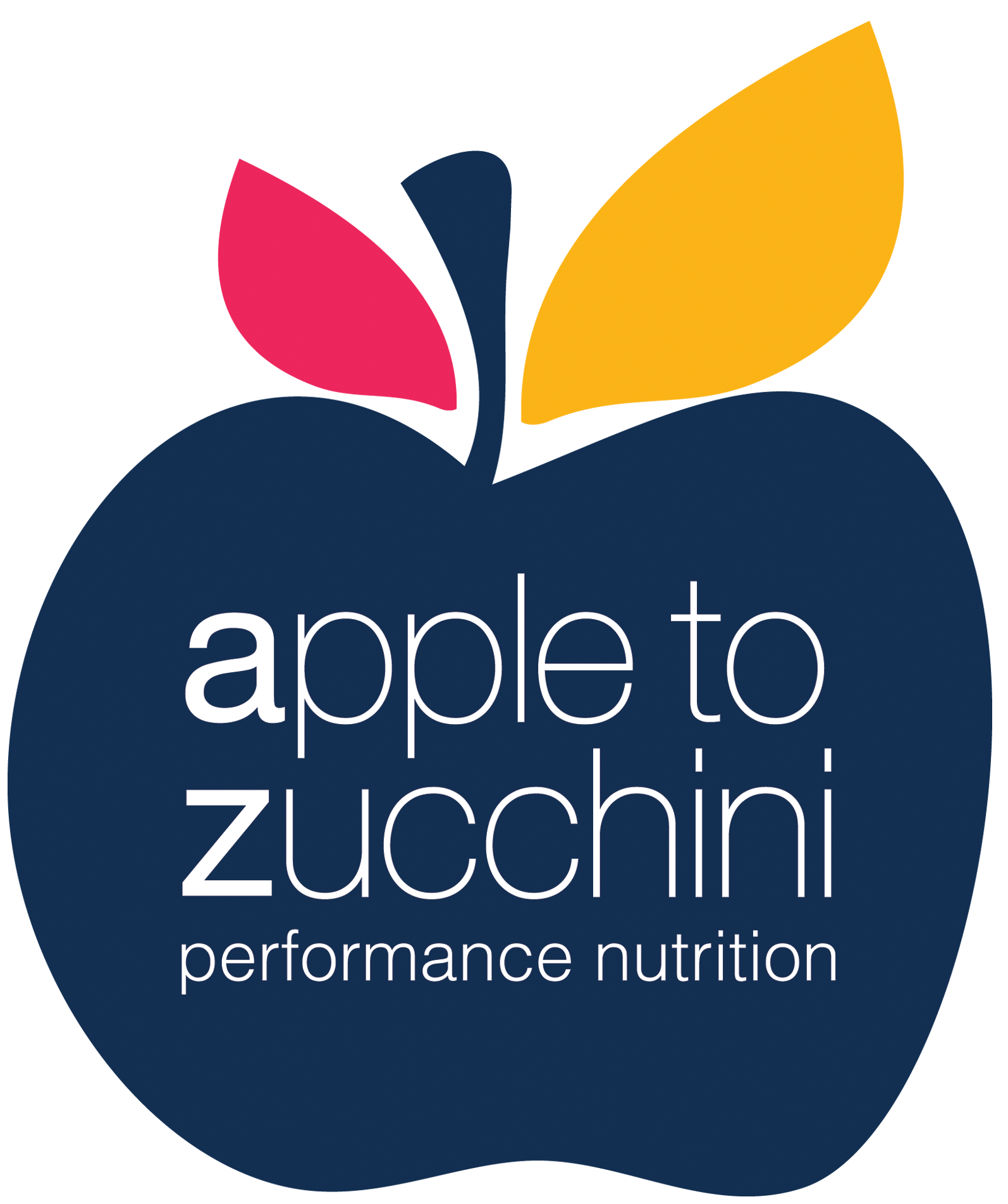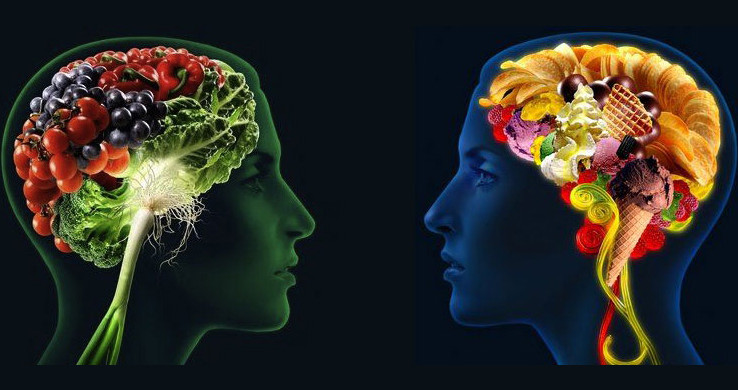By Ali Disher | Advanced Sports Dietitian | 5 minute read
We’ve all had ‘butterflies’, or a ‘gut feeling’. Some have even had pre-race nerves that render us unable to keep food down. It’s likely we experience these gut-emotion sensations on a daily basis. Of recent times it has been attracting much attention in the scientific community – with the “gut-brain axis” being bandied around by many health websites and practitioners as being the next big thing! We sure think it is worthy of attention, and to explain how it works, we first need to explain the gut microbiome. What on earth is a microbiome? Let’s jump in…
The gut microbiome is described as ‘the bacteria that live inside and on the human body’. These little guys share our body, although it’s probably fairer to say that we share it with them, because there are 10 times as many microbial cells as human cells in, and on, our bodies! While they can be found on our skin, in our mouth and many other places, most of them call home to our large intestine (the gut). This is why we call it the gut microbiome. There are literally hundreds of trillions of bacteria in the human gut, and we’ve only identified between 500 and 1000 species so far – lots more to learn!
How did these little guys become so prolific, and how did they come to inhabit our guts?
Well first off, our fabulous mums of course! New research suggests that a mother’s gut bacteria can influence a baby’s gut microbiome in utero. From a nutrition perspective, this means that a mum’s diet during pregnancy can influence her newborn’s health.
From nurture to nature: our gut microbiome is formed as a result of our environments. Our immune systems are challenged when we’re young through exposure to plenty of immune-compromisers: dirt, playing with the dog, and daycare germs to name a few. All of these helped us build a strong immune system, and handed us a many and varied microbiome in the process. And although our microbiome is established early on in life, it’s constantly evolving. Keeping our gut bacteria in check is very important to our health, because our gut bacteria govern roughly 70% of our immune system.
Finally, the food we eat directly influences our gut microbiome. There are two types of bacteria-containing foods that are beneficial for our gut microbiome: prebiotics and probiotics. These ‘good’ bacteria have a wide range of health benefits including:
- Healthy digestion (through control of a healthy intestinal lining)
- Weight-control (some bacteria eat up more calories than others!)
- Improved immunity (70-80% of our bodies’ immune cells are found in, you guessed it, the gut!).
- Reduced depression and anxiety (mostly via the neurotransmitter, serotonin)
- Clearer skin (gut microbiome imbalances can present as skin inflammation e.g. eczema and acne)
Now we get back to the gut-brain axis part.
So how do those butterflies, your ‘gut feeling’, or the pre-race nerves that stopping you from eating actually occur? Enter the connection between your gut and your brain, a.k.a. the ‘gut-brain axis’, and it is the Vagus nerve connecting the neurological system to the enteric system (the gut).
This two-way channel of chemical communication allows our gut microbiome to have a significant impact on how our brains work, and how they influence our mood-state. While most of the research pins the brain as the sole origin of mental health, we’re starting to realize that mental health may actually originate in the gut – hence the nickname ‘the second brain’. Most of the serotonin (a.k.a. the ‘happy hormone’) in our bodies is located in our guts (95% to be exact); no wonder more and more evidence shows that a healthy gut can reduce mood disorders such as anxiety and depression.
So how can we promote a healthy gut microbiome through the food that we eat, in order to keep our mental health in check? Here is a quick summary:
| Have these! Your gut bacteria LOVES… | Avoid these! Your gut bacteria DOESN’T LOVE… |
| Whole foods (nature’s probiotics): plenty of fresh fruit and veg, grains, nuts and seeds, dairy and lean meat.
Fermented foods like sauerkraut, yoghurt, pickled veg and kimchi. Probiotic supplements – if you can’t get your hit from whole food sources. Prebiotics – these are the non-digestible (but fermentable) foods that feed your gut bacteria. You can get prebiotics in the form of a supplement, or from foods like cold rice or potato (think leftovers!), asparagus, garlic, onion, carrot, leek, radish and tomato, herbs and spices. |
Packaged and processed foods that tend to be high in refined sugar and artificial colours, flavours and preservatives.
Inflammatory fats – the saturated kind, found in baked goods, deep-fried foods, and even animal fats i.e. excess fatty meat Stress (work/life/relationships/lack of sleep/over-caffeinating/over-training) Alcohol in excess (no more than 2 standard drinks daily) Long-course antibiotics that strip your gut of its bacteria (see ‘probiotic supplements’ in the left column) Continually sterile environments – don’t be zealous with anti-bacterial products. Instead let the kids play in the dirt, and adults ought to get into the garden! |


